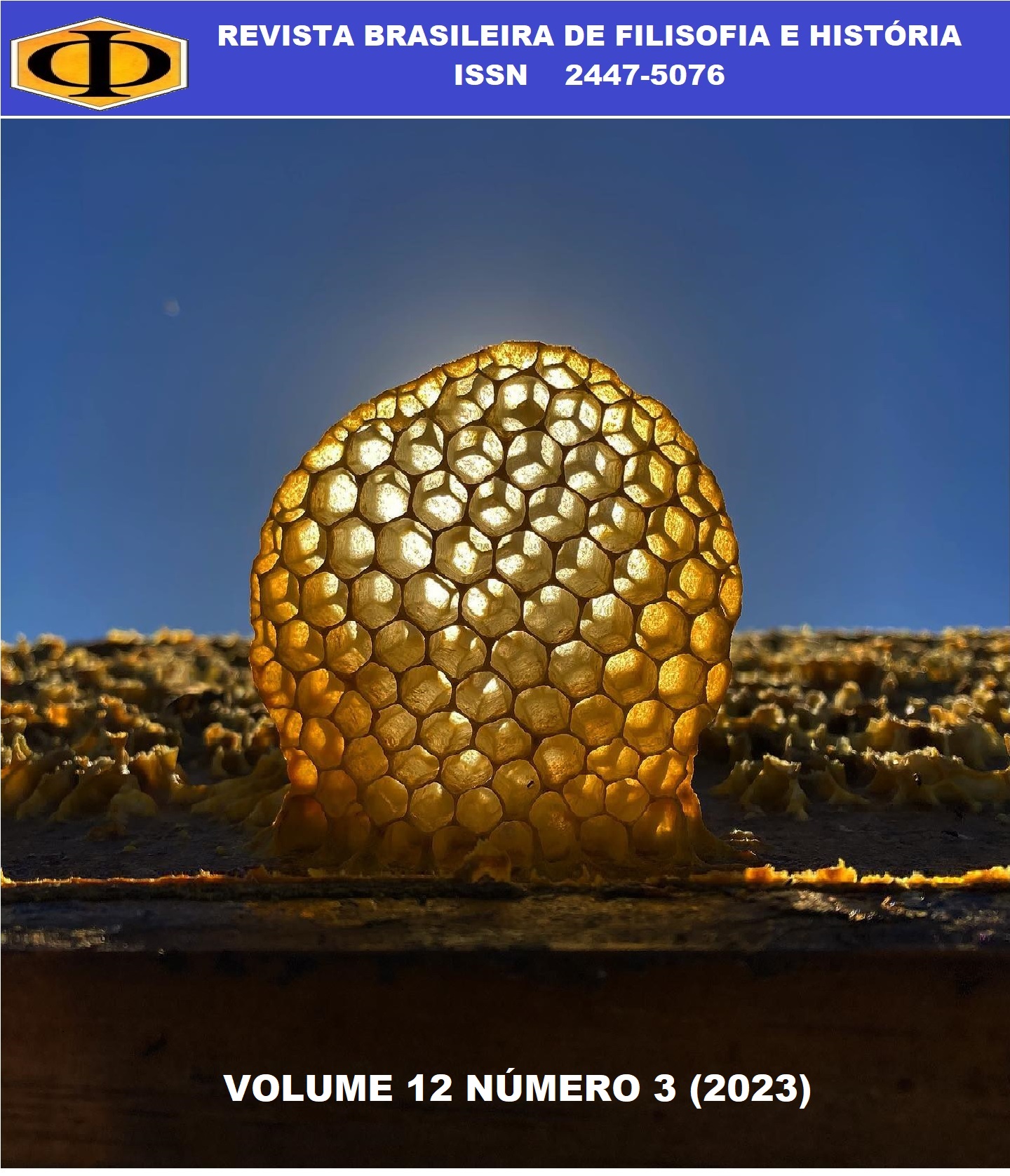Drones in the technological age: legal challenges and their implications
Keywords:
Responsabilidade Civil, Privacidade, DireitoAbstract
With the advent of the technological age, the increasing use of drones has become a reality in various sectors of society. These unmanned aerial devices have been widely used in activities such as monitoring, deliveries, agriculture, mapping and leisure. However, the rapid growth in the use of drones has brought with it a series of legal challenges and implications for society, ranging from security and privacy issues to the need for comprehensive regulations that establish clear guidelines for the operation of this equipment. As such, this article aims to analyze the legal challenges associated with the use of drones in the technological age and their implications for different areas of society. It aims to investigate the existing regulatory gaps, as well as the consequences of the inappropriate use of these devices, with a special focus on the areas of personal data protection and civil liability. In order to achieve the proposed objectives, a bibliographical review was carried out, with a survey of studies, legislation, case law and regulations pertinent to the subject. The results of the research show that the rapid technological advance of drones has outpaced the pace of regulations, which creates an environment of legal uncertainty and vulnerability for society. The lack of clear rules on the operation and liability for the use of drones has raised concerns about flight safety, invasion of privacy and misuse of these devices for illicit purposes. The study points out that the legal challenges extend beyond national borders, taking into account the cross-border use of drones and conflicts of jurisdiction. Another relevant point is the need to reconcile technological advances with the protection of individual and collective rights, ensuring a regulatory environment that promotes innovation in an ethical and safe manner.
References
ANDERSON, Karen; GASTON, Kevin J. Lightweight unmanned aerial vehicles will revolutionize spatial ecology. Frontiers in Ecology and the Environment, v. 11, n. 3, p. 138-146, 2013.
BETÉ, Thiago de Souza. Drones: um pequeno histórico e as consequências do seu uso. Revista Conexão Sipaer, v. 10, n. 1, p. 2-14, 2019.
CLARKE, Roger. The regulation of civilian drones' impacts on behavioural privacy. Computer Law & Security Review, v. 30, n. 3, p. 286-305, 2014.
FINN, Rachel L.; WRIGHT, David. Unmanned aircraft systems: Surveillance, ethics and privacy in civil applications. Computer Law & Security Review, v. 28, n. 2, p. 184-194, 2012.
NASCIMENTO, Ana Juvelina da Silva; DENADAI, Marcelo Scantamburlo. Drone, a História desta Tecnologia. Tekhne e Logos, v. 12, n. 2, p. 48-56, 2021.
PASE, André Fagundes; GOSS, Bruna Marcon. Dronalismo: notas sobre o uso de drones na produção de conteúdo jornalístico. Revista GEMInIS, v. 4, n. 2, p. 176-189, 2013.
VASCONCELOS, Priscila Elise Alves; MELLO, Cleyson de Moraes. Responsabilidade Penal e Novas Tecnologias: Desafio do Direito no Século XXI Sobre uso de Drones ou VANT's. Revista Juscontemporânea do TRF2, v. 1, n. 1, p. 65-79, 2019.
Downloads
Published
Versions
- 2023-09-04 (2)
- 2023-08-31 (1)
How to Cite
Issue
Section
License
Copyright (c) 2023 Ana Angelica Bezerra Cavalcanti

This work is licensed under a Creative Commons Attribution-NonCommercial-NoDerivatives 4.0 International License.
Esta é uma revista de acesso livre, onde, utiliza o termo de cessão seguindo a lei nº 9.610/1998, que altera, atualiza e consolida a legislação sobre direitos autorais no Brasil.
Autores que publicam na Revista Brasileira de Filosofia e História (RBFH) concordam com os seguintes termos:
O(s) autor(es) doravante designado(s) CEDENTE, por meio desta, cede e transfere, de forma gratuita, a propriedade dos direitos autorais relativos à OBRA à Revista Brasileira de Filosofia e História (RBFH), representada pelo Grupo Verde de Agroecologia e Abelhas (GVAA), estabelecida na Rua João Pereira de Mendonça , 90 Bairro Petropolis em Pombal - PB doravante designada CESSIONÁRIA, nas condições descritas a seguir: 1. O CEDENTE declara que é (são) autor(es) e titular(es) da propriedade dos direitos autorais da OBRA submetida. 2. O CEDENTE declara que a OBRA não infringe direitos autorais e/ou outros direitos de propriedade de terceiros, que a divulgação de imagens (caso as mesmas existam) foi autorizada e que assume integral responsabilidade moral e/ou patrimonial, pelo seu conteúdo, perante terceiros. O CEDENTE cede e transfere todos os direitos autorais relativos à OBRA à CESSIONÁRIA, especialmente os direitos de edição, de publicação, de tradução para outro idioma e de reprodução por qualquer processo ou técnica através da assinatura deste termo impresso que deverá ser submetido via correios ao endereço informado no início deste documento. A CESSIONÁRIA passa a ser proprietária exclusiva dos direitos referentes à OBRA, sendo vedada qualquer reprodução, total ou parcial, em qualquer outro meio de divulgação, impresso ou eletrônico, sem que haja prévia autorização escrita por parte da CESSIONÁRIA.












